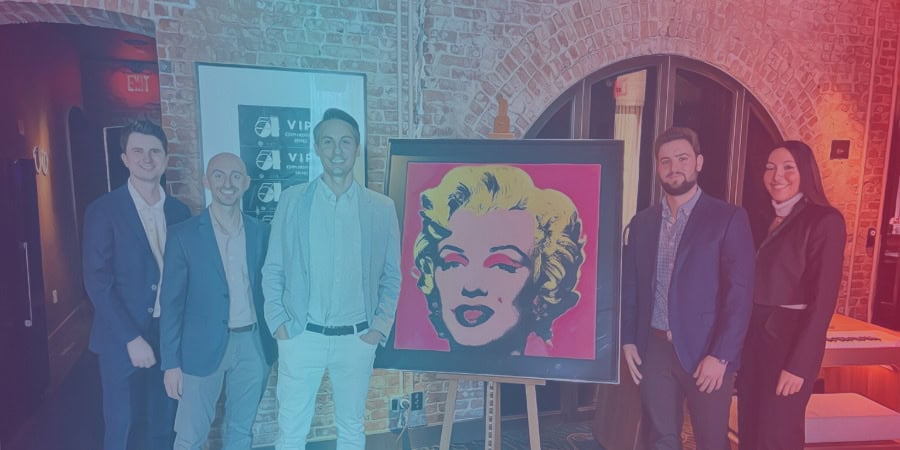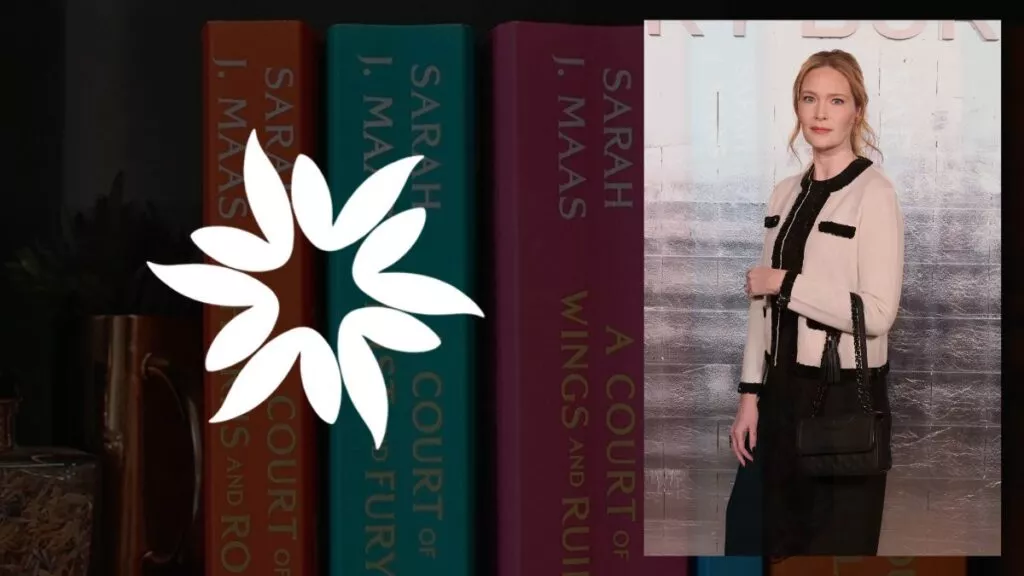Key Takeaways
- Freeport is a start-up leveraging Non-Fungible Token (NFT) technology to democratize blue-chip art ownership, allowing people to own fractional shares of iconic artworks for as low as $25.
- The company combines the concept of selling art shares with blockchain technology, creating a unique digital gallery for investors to display their fractional art ownership alongside other digital assets.
- Freeport has received approval from the Securities and Exchange Commission to sell Regulation A securities, providing regulatory compliance and scrutiny for their novel asset trading.
- The founders of Freeport have gained support from art enthusiasts and industry veterans, including collectors of Warhol's work, and have acquired four Warhol prints for their initial collection.
- Freeport's approach aims to bridge the gap between art appreciation and ownership by allowing a larger number of individuals to own a piece of each artwork through fractional shares.
- The company's use of blockchain technology opens up possibilities for additional functionality, such as lending against the art via smart contracts and displaying the art in the metaverse.
- Freeport's launch represents an important milestone in the evolution of art ownership, breaking down barriers to entry and democratizing access to blue-chip art.
Despite the sluggish crypto market, a new player named Freeport has emerged with an innovative approach to art ownership.
By leveraging Non-Fungible Token (NFT) technology, the start-up aims to democratize blue-chip art, enabling people to own a piece of iconic works for as low as $25.
This innovative venture launched at a New York club, Zero Bondone, where an Andy Warhol Marilyn print was showcased.
This piece, along with three other Warhol prints, were made available to the first round of Freeport investors, who could buy a fraction of these artworks with a minimum buy in of 10 shares.
A Blend of Two Worlds: Art and Blockchain
The concept of selling art shares isn’t entirely new. Masterworks, founded in 2017, was among the first to pioneer this idea with a publicly-stated minimum investment of $15,000.
In 2021, ex-Christie’s rainmaker Philip Gouzer founded Particle, which combined art shares with blockchain technology, allowing buyers to sell their shares on secondary NFT marketplaces.
Freeport, however, aims to fuse the best of both worlds. Like Masterworks, it has received approval from the Securities and Exchange Commission to sell Regulation A securities, a significant advantage as regulatory bodies scrutinize novel assets trading.
However, akin to Particle, Freeport is also blockchain-enabled, tapping into a collecting community open to novel forms of collecting.
Backed By Art Enthusiasts and Industry Veterans
Freeport’s founders have a solid network of support. Michael Haber, a longtime family friend of Freeport’s co-founder and CEO Colin Johnson, and a passionate collector of Warhol’s work, encouraged Johnson’s family to invest in Warhol’s art.
Haber also introduced Johnson to Jane Holzer, a prominent figure in New York’s art scene and a fervent Warhol collector, who agreed to sell some of her Warhol works to Freeport.
Freeport’s initial acquisition includes four Warhol prints – Double Mickey (1981), Marilyn (1967), Rebel without a Cause (1985), and Mick Jagger (1967) – collectively valued at just over $1.7 million.
The concept of selling art shares isn’t entirely new. Masterworks, founded in 2017, was among the first to pioneer this idea with a publicly-stated minimum investment of $15,000.

Differentiation in the Digital Art World
Freeport aims to set itself apart from the competition by offering a unique digital gallery where investors can display their fractional art ownership alongside other digital assets.
Moreover, the platform is built using blockchain technology, which adds an additional layer of potential functionality, including the possibility of lending against the art via smart contracts and displaying the art in the metaverse.
In addition, Freeport is launching its tokenized art under the Reg A+ securities exemption, allowing anyone to participate in the investment.
The company emphasizes that its offering was recently qualified by the Securities and Exchange Commission, underscoring its commitment to regulatory-compliant securities offerings.
Democratizing Art Ownership
The launch of Freeport marks an important milestone in the evolution of art ownership. By leveraging cutting-edge technology, it aims to break down the barriers to entry in the art world, thereby democratizing access to blue-chip art.
With the first collection launch consisting of four Andy Warhol prints, each divided into 10,000 shares, Freeport allows up to 1,000 individuals to own a piece of each Warhol print.
This approach is seen as a significant step towards bridging the gap between art appreciation and ownership.








